Best Times for Grass Repairs
Spring offers ideal conditions with moderate temperatures and increased rainfall, promoting seed growth and quick establishment.
Summer repairs require attention to heat and drought stress; early morning or late evening work helps minimize damage.
Fall provides cooler temperatures and moisture, supporting root growth and preparing the lawn for winter dormancy.
Winter is generally unsuitable for grass repairs due to cold temperatures and dormancy, which hinder seed germination.
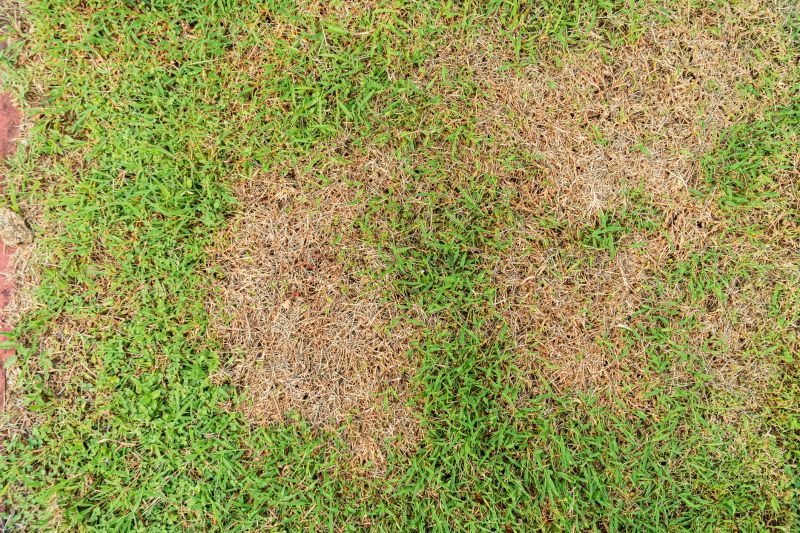
A lush, green lawn after spring repair.
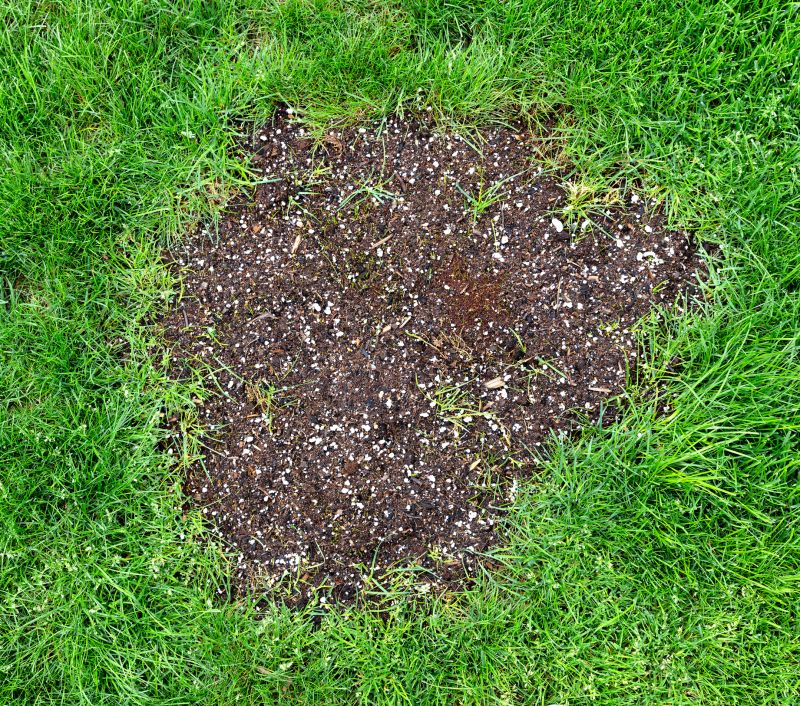
Preparing soil for summer repairs.
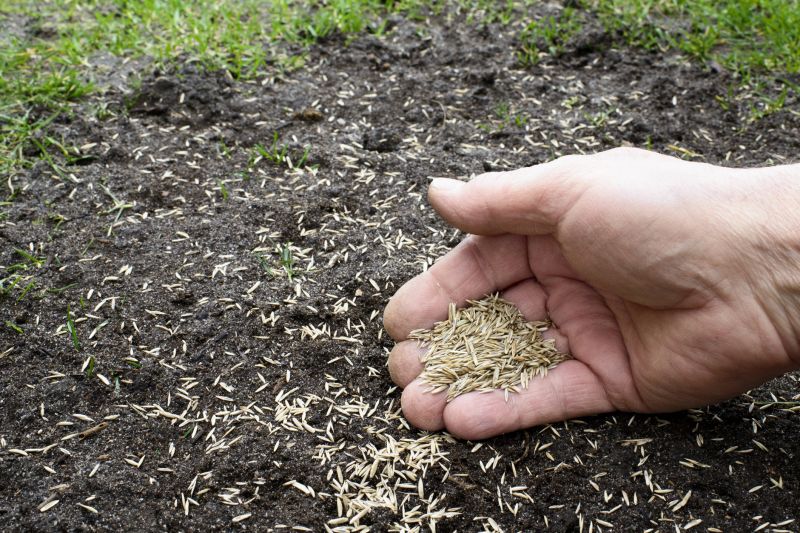
Healthy grass after fall repair.
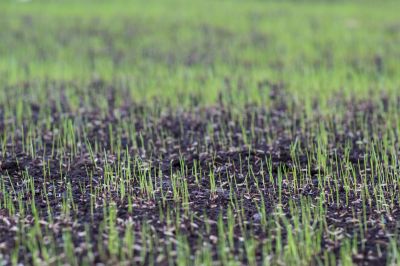
Dormant grass in winter.
| Season | Best Practices |
|---|---|
| Spring | Seed in early spring, ensure soil is moist, avoid fertilizing too late. |
| Summer | Water early mornings, avoid peak heat, consider shade. |
| Fall | Seed in early fall, prepare soil, overseed for thicker turf. |
| Winter | Generally not recommended, focus on lawn cleanup. |
Grass repairs are a vital component of maintaining a healthy lawn. Proper timing ensures optimal seed germination, root development, and turf establishment. Factors such as temperature, moisture levels, and soil conditions influence the success of repairs. Spring and fall are typically the most suitable seasons, offering moderate weather and adequate moisture for seed growth. Summer repairs may be possible with proper planning, while winter is generally unsuitable due to cold dormancy.

A vibrant, thick grass after successful repair.
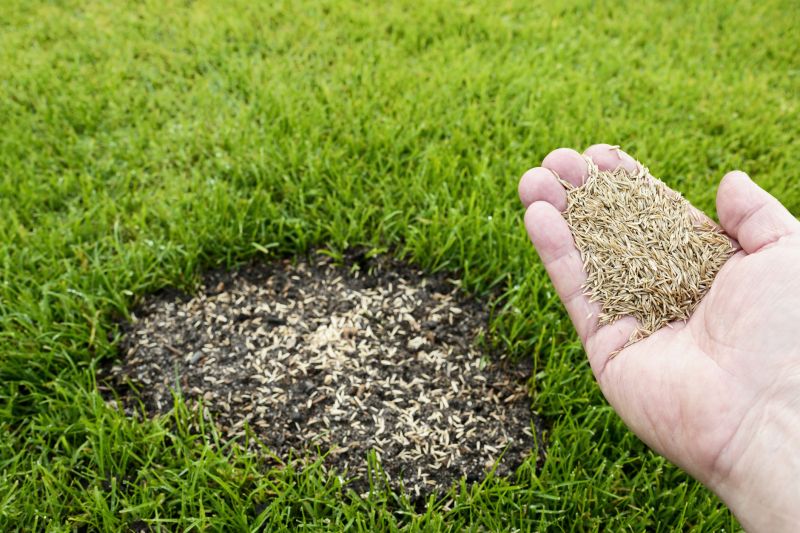
Soil aeration and overseeding process.
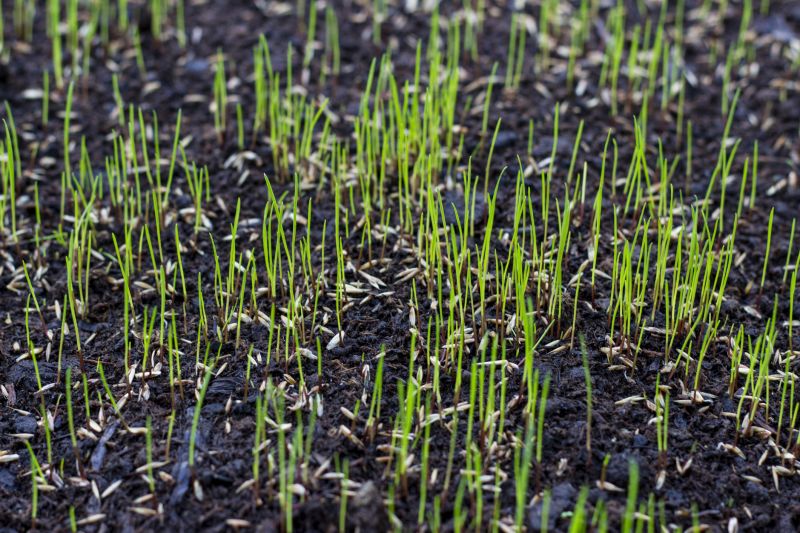
Young grass seedlings emerging.

Regular watering and fertilizing for growth.
Timely grass repairs contribute to a resilient and visually appealing lawn. Selecting the appropriate season based on climate and soil conditions enhances seed germination rates and turf density. Proper preparation, including soil aeration and overseeding, supports healthy root systems. Regular maintenance following repairs ensures long-term lawn health and durability.



